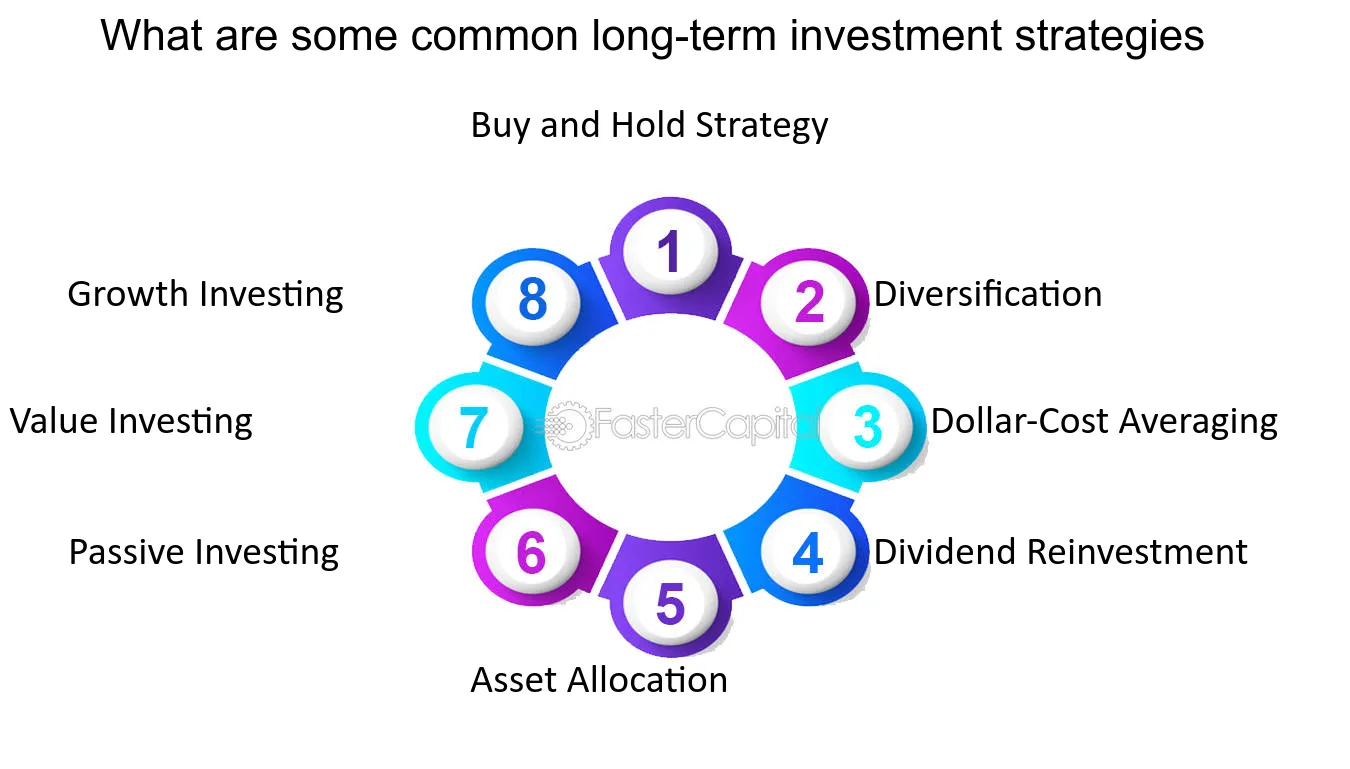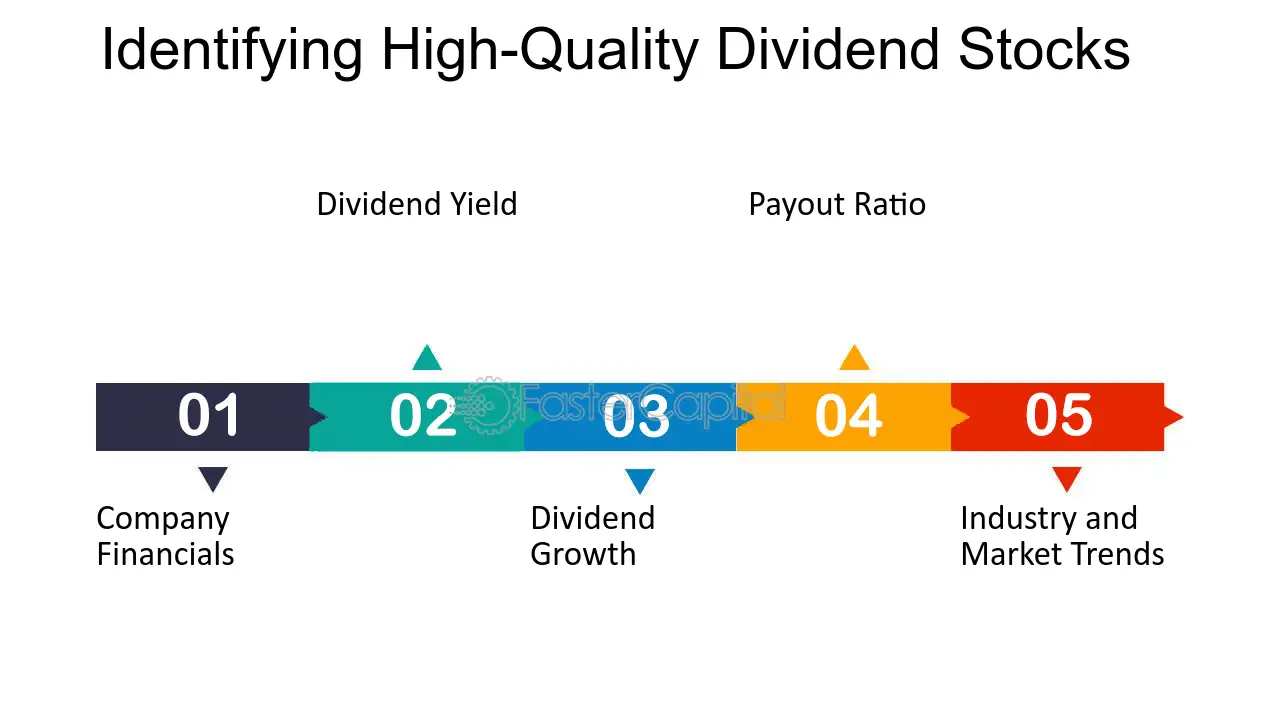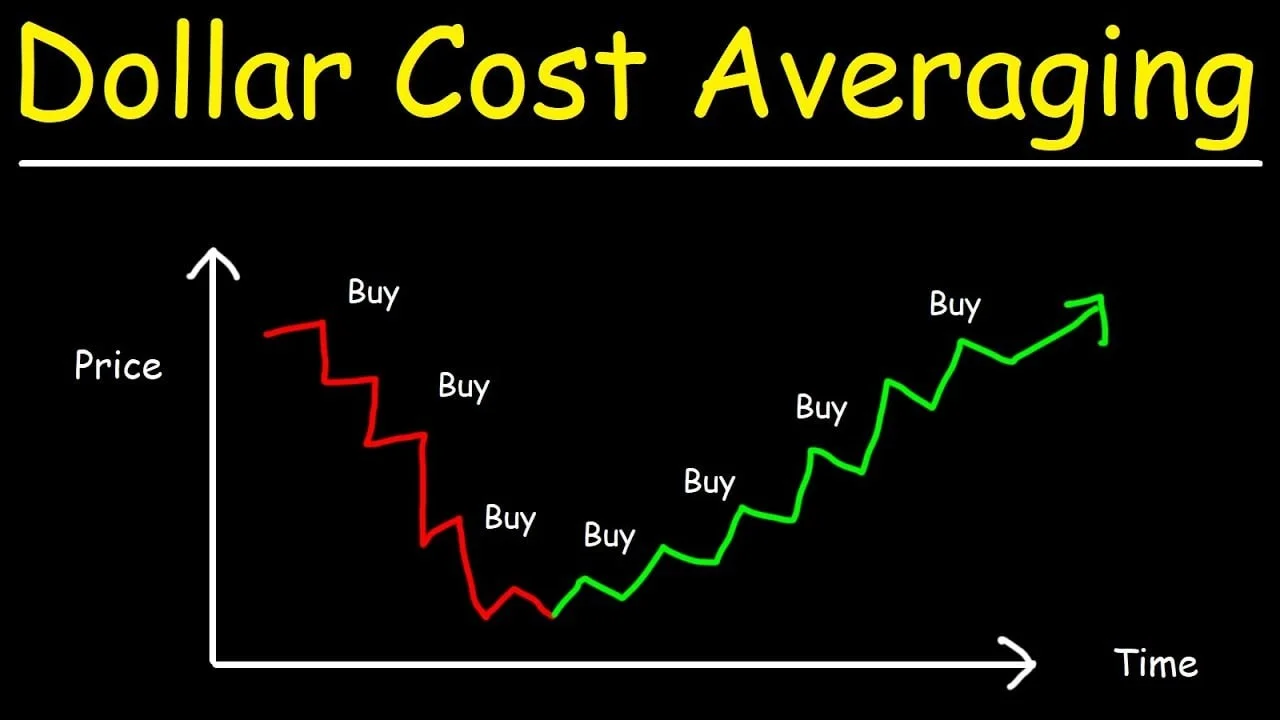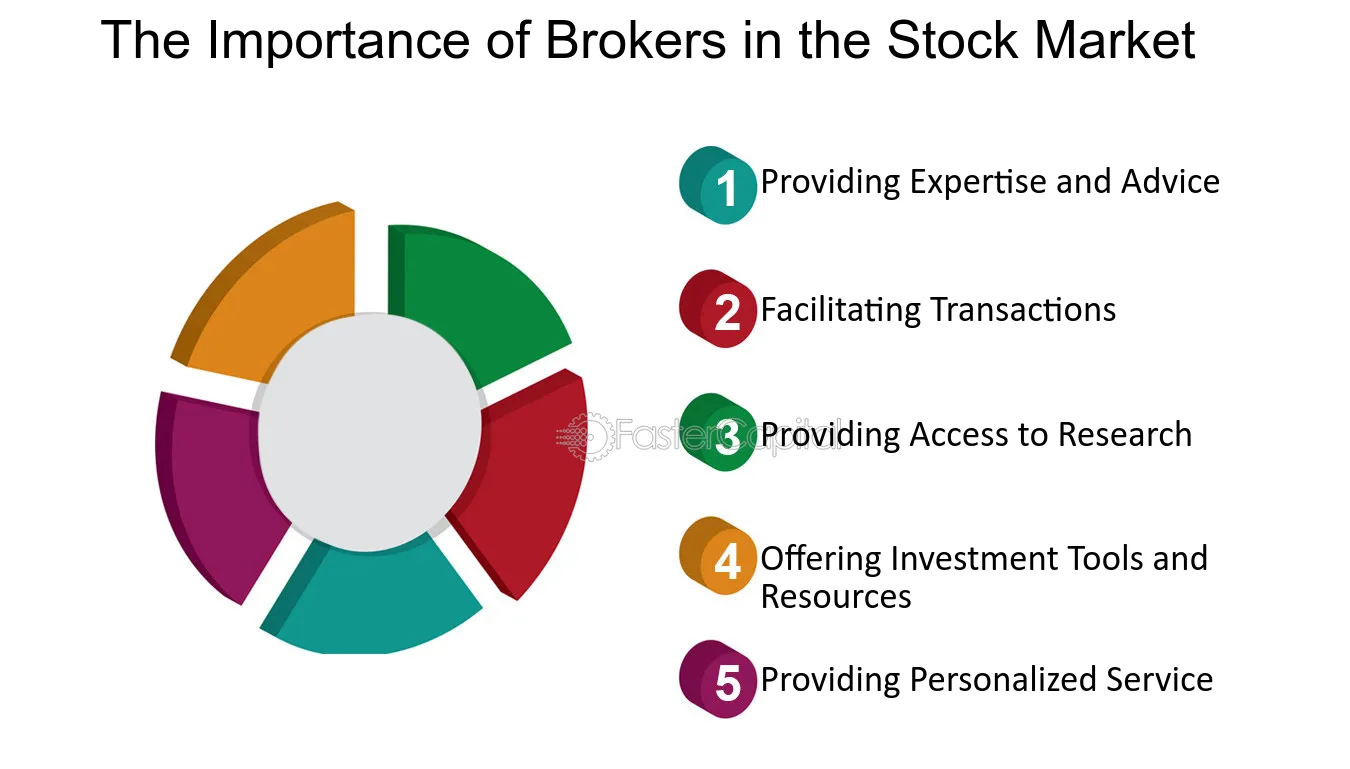
Investing in the stock market can be a daunting task, especially for beginners. The fear of market volatility and the risk of making poor timing decisions often discourage potential investors from entering the market. However, there is a strategy that can help mitigate these risks and provide a disciplined approach to investing: dollar-cost averaging. In this comprehensive guide, we will explore what dollar-cost averaging is, its benefits, real-life examples, and strategies for implementing it effectively.
What is Dollar-Cost Averaging?

Dollar-cost averaging is an investment strategy that involves regularly investing a fixed amount of money into a particular investment, regardless of its price. This approach allows investors to buy more shares when prices are low and fewer shares when prices are high. By consistently investing over a long period, investors can reduce the impact of market volatility and potentially achieve better long-term returns. To understand how dollar-cost averaging works, let’s consider an example. Suppose you decide to invest $500 in a particular stock every month. If the stock price is high, your $500 will buy fewer shares. Conversely, if the stock price is low, your $500 will buy more shares. Over time, this strategy helps to average out the cost per share, hence the name “dollar-cost averaging.”
Benefits of Dollar-Cost Averaging
Dollar-cost averaging offers several benefits for investors:
1. Reduces market volatility and timing risks:
By investing a fixed amount regularly, regardless of market conditions, investors avoid the risk of making poor timing decisions. This strategy helps to smooth out the impact of short-term market fluctuations and reduces the likelihood of investing a large sum at the peak of a market cycle.
2. Encourages disciplined investing and reduces emotional decision-making:
Dollar-cost averaging promotes a disciplined approach to investing. Instead of trying to time the market or making impulsive investment decisions based on emotions, investors stick to a predetermined investment plan. This helps to eliminate the emotional biases that can lead to poor investment choices.
3. Helps to smooth out market fluctuations and avoid over-investing:
Investing a fixed amount regularly allows investors to take advantage of market downturns. When prices are low, investors buy more shares, potentially benefiting from future price increases. Conversely, when prices are high, investors buy fewer shares, avoiding the risk of over-investing in an overvalued market.
4. Enhances long-term investment returns:
Dollar-cost averaging can lead to better long-term investment returns compared to trying to time the market. By consistently investing over a long period, investors benefit from the power of compounding and the potential for the market to trend upwards over time.
Example of Dollar-Cost Averaging
To illustrate the benefits of dollar-cost averaging, let’s consider two scenarios:
Scenario 1: Investing in a volatile stock market:
Suppose an investor decides to invest $1,000 in a volatile stock market. In the first month, the stock price is high, and the investor buys 10 shares. In the second month, the stock price drops, and the investor buys 20 shares. In the third month, the stock price increases again, and the investor buys 5 shares. By the end of three months, the investor has accumulated a total of 35 shares.
Scenario 2: Investing in a stable index fund:
Now, let’s consider an investor who decides to invest $1,000 in a stable index fund using dollar-cost averaging. The investor invests $250 every month for four months. In the first month, the index fund price is high, and the investor buys 2 shares. In the second month, the price drops, and the investor buys 4 shares. In the third month, the price remains stable, and the investor buys 4 shares. In the fourth month, the price increases slightly, and the investor buys 3 shares. By the end of four months, the investor has accumulated a total of 13 shares. Comparing the two scenarios, we can see that dollar-cost averaging in the stable index fund resulted in a higher number of shares accumulated over the same period. This demonstrates the potential benefits of dollar-cost averaging in reducing the impact of market volatility and potentially achieving better long-term returns.
Strategies for Implementing Dollar-Cost Averaging
To effectively implement dollar-cost averaging, consider the following strategies:
1. Setting a fixed investment amount:
Determine the amount you can comfortably invest regularly and stick to it. This ensures consistency in your investment approach and allows you to take advantage of market fluctuations.
2. Investing at regular intervals:
Choose a specific time interval for your investments, such as monthly or quarterly. By investing at regular intervals, you avoid the temptation to time the market and maintain a disciplined approach.
3. Using a systematic investment plan:
Consider setting up a systematic investment plan (SIP) with your brokerage account. An SIP automates your investments, ensuring that a fixed amount is deducted from your bank account and invested at regular intervals.
4. Automating investments through a brokerage account:
Many brokerage accounts offer the option to automate your investments. By setting up automatic transfers from your bank account to your investment account, you can ensure consistent investments without the need for manual intervention.
Conclusion
Dollar-cost averaging is a powerful investment strategy that can help investors reduce market volatility and timing risks. By consistently investing a fixed amount over time, investors can smooth out market fluctuations, avoid emotional decision-making, and potentially achieve better long-term returns. Implementing dollar-cost averaging requires setting a fixed investment amount, investing at regular intervals, and considering automation through systematic investment plans or brokerage accounts. Start implementing dollar-cost averaging in your investment portfolio and reap the benefits of this disciplined approach.

























